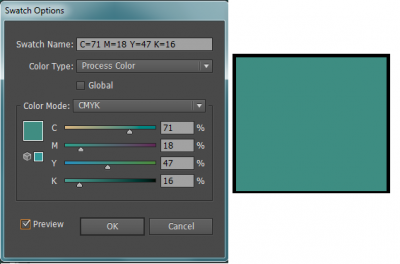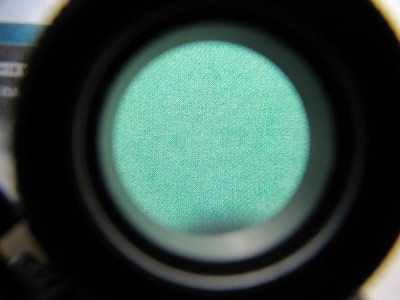What is CMYK?
CMYK is an acronym for Cyan, Magenta, Yellow & Key (black). CMYK can also be referred to as process color, full color or four color printing. Using different combinations of CMYK, this color model can produce a full range of colors which gives both digital and offset printers the power to reproduce both colored text and images with astonishing results.When an image is printed, it is really a collection of tiny dots of colors that make up the colors of the image. This is similar to how digital images are displayed in pixels. If an image on the web has a low PPI (Pixels per Inch) it will become grainy if you try to make it too large.How Does CMYK work?
CMYK is a subtractive color model meaning that color is added to a white background to subtract the amount of white space. Cyan, Magenta, Yellow and Black inks are applied to a sheet of paper (or other medium) to make up an image out of all the possible color combinations. An image is separated into dots, which are tiny color selections to make up an image. The amount of dots per inch make up the resolution of the image, and having a dpi of 300 or more will print a vibrant image with smooth and clear lines. The image to the right demonstrates how an image is split into four color plates using the CMYK colors to make up the full color image on the top.Separating the Colors
The set of images to the right is a visual description of the separation of colors in an image. The process is actually separating an image into dots for each color (Cyan, Magenta, Yellow, Black). This setup mimics a smooth, continuous color tone to the human eye, instead of being pixilated or blotchy. These dots are measured in Dots Per Inch (DPI), which measures the resolution of an image. If you look even closer, you would notice that each dot is not 100% solid color; it is actually a transparency and is overlaid by the next color in the sequence (CMYK) to form a new color. This explains how to build a a color in CMYK format. You select a percent of each CMYK to make a blend of the actual color that you want. For example, the image below contains CMYK values of (71, 18, 47, 16) respectively to make up this unique shade of blue.
Separating the Colors
The image below is a printed swatch of the blue color above which is magnified under a device called a loupe. In it, you can see how the color is broken up into tiny dots of different colors, even though it appears as one solid, smooth color to a normal eye.







